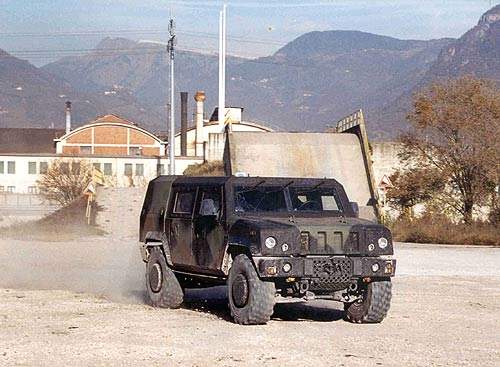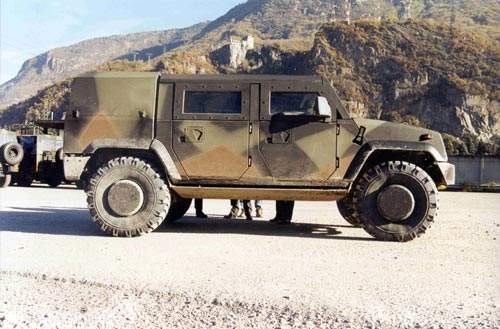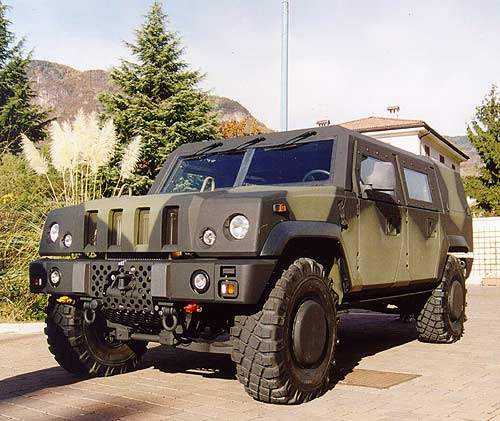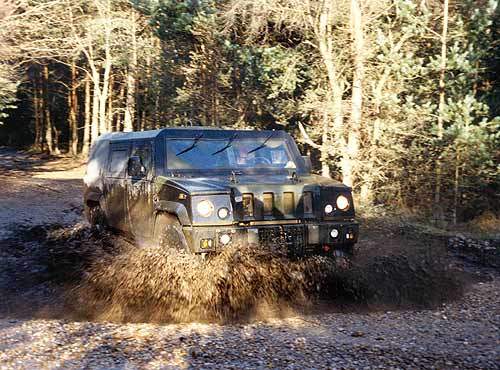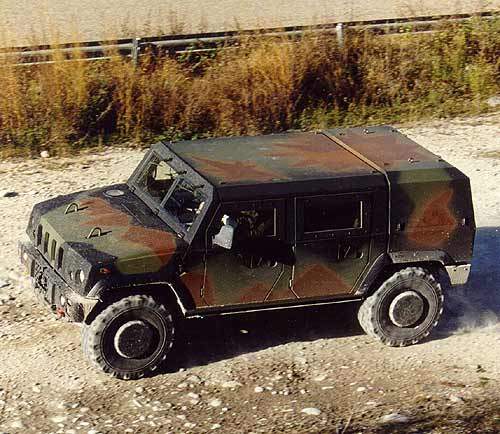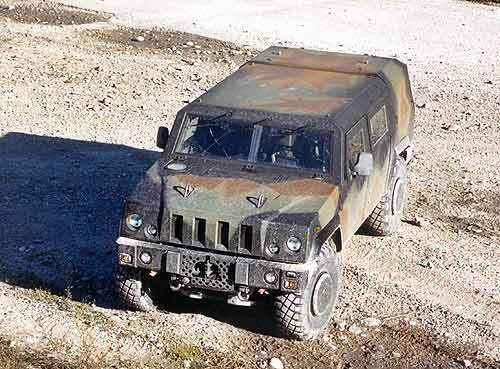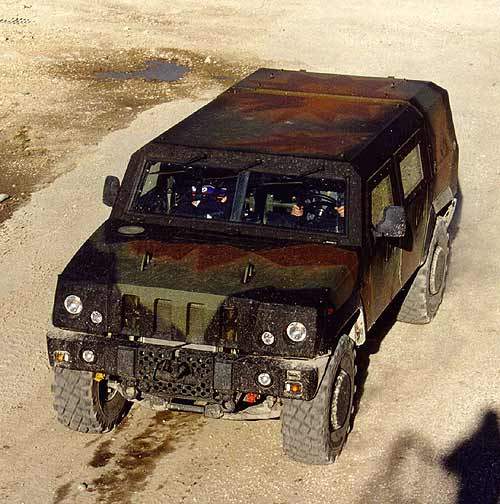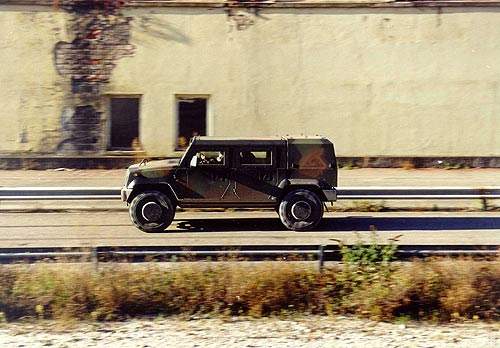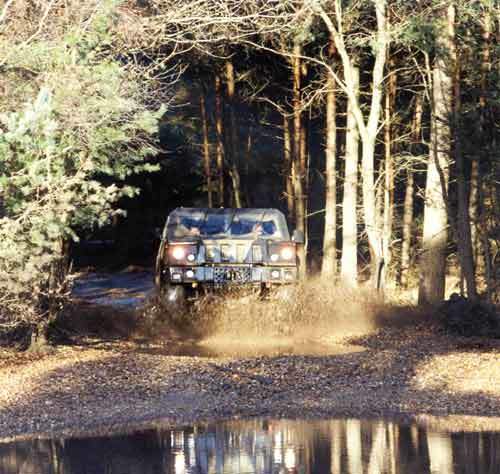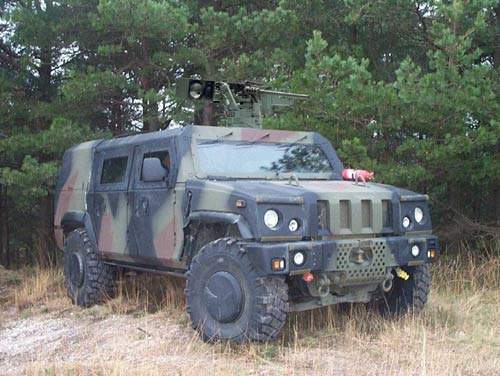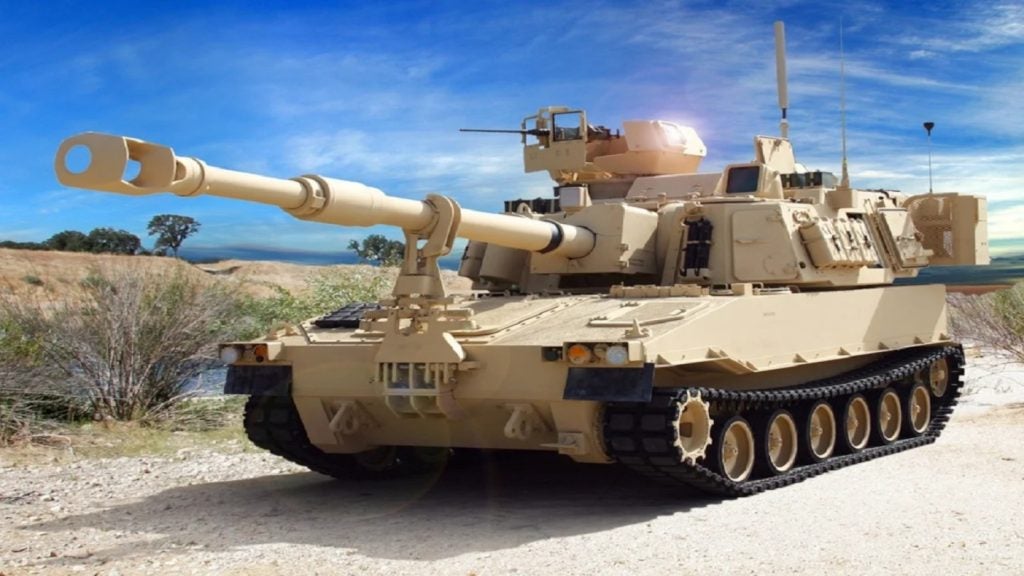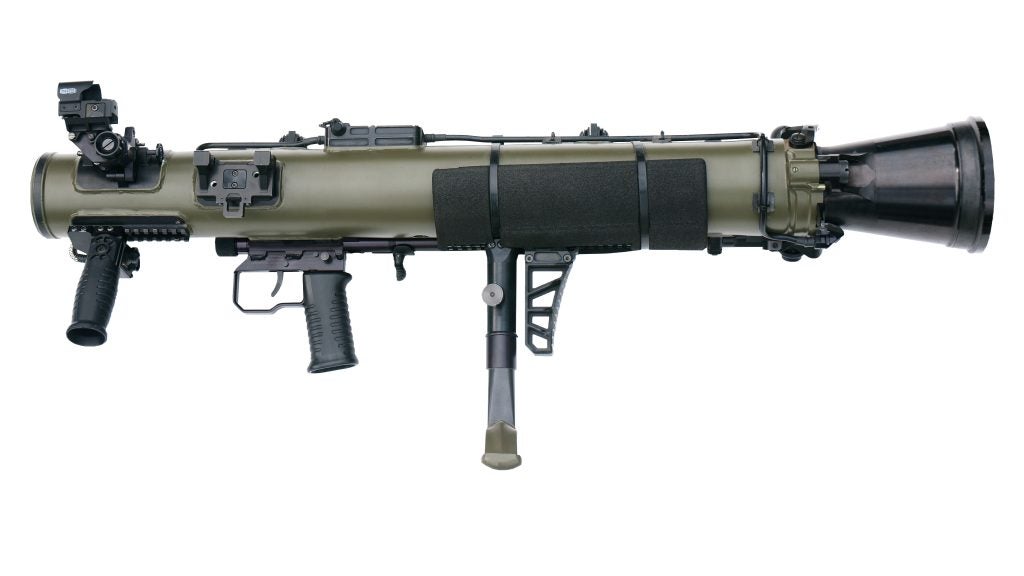The Panther Command and Liaison Vehicle (CLV).
The Defence Procurement Agency of the UK Ministry of Defence announced in July 2003 that the BAE Systems Land Systems (formerly Alvis) Light Multirole Vehicle (LMV) was selected as the British Army’s Future Command and Liaison Vehicle (FCLV).
The first procurement contract was signed in November 2003 for an initial 401 vehicles, with an option for up to 400 more. The vehicle is named the Panther command and liaison vehicle (CLV).
Panther command and liaison vehicle (CLV) development
The vehicles were built during the period 2006 to 2009 and replaced a range of vehicles which were reaching the end of their operational lives, for example the Land Rover, Saxon, FV432 and a number of combat vehicles (reconnaissance) tracked. The vehicles also entered service with the Royal Air Force Regiment.
The Panther command and liaison vehicle has successfully completed and passed the UK MoD reliability and qualification trials.
The first 56 vehicles were delivered by September 2007. The Panther CLV entered service in June 2008. By June 2008, 217 vehicles had been delivered. In May 2009, a small number of vehicles underwent hot weather trials in Afghanistan with 1 Mechanised Brigade. A total of 401 Panthers were delivered to the British armed forces by summer 2009.
Panther light multirole vehicle
The LMV is based on a design by Iveco Defence Vehicles Division of Italy. It is designed primarily for strategic and tactical mobility with a high level of protection against anti-tank and anti-personnel mines, modular and with tuneable armour protection and stealthy design.
In peacekeeping operations, currently undertaken by heavy armour and infantry fighting vehicles, the LMV provides a lower profile while still providing a high level of crew protection. In high intensity conflicts, the LMV can be configured as a scout, command or liaison vehicle or as a weapons platform.
The Bowman tactical communications system, from General Dynamics UK, is fitted as Government Furnished Equipment.
In June 2004, Thales Defence Optronics was selected to provide the driver’s vision enhancer (DVE) for the Panther CLV. Thales’s DVE driver’s sight is based on an uncooled thermal imager.
Panther command and liaison vehicle design
The design was based on creating the maximum distance and protection between the seat of a mine explosion and the cabin. The wheel stations are located away from the crew cabin so that if a wheel detonates an anti-tank mine, the explosion is vented upwards, leaving the crew cabin undamaged. The bonnet is hinged to the chassis to reduce the shock transmitted to the cabin.
The light alloy rear body is fitted with a canvas roof over a supporting frame. It is sacrificial and severs from the cabin in the event of a mine detonation under a rear wheel.
A number of features have been incorporated into the design to protect the cabin from an explosion of an underbelly mine.
The underside of the vehicle is v-shaped and the ground clearance has been maximised to allow maximum dissipation of the blast.
The location of heavy components under the cabin floor has been avoided because they can be projected through the cabin floor by a mine blast. The lower part of the vehicle has a three-layer sandwich structure that collapses on detonation of a mine under the belly, absorbing a high percentage of the energy that has not been vented away laterally.
The chassis is available with two different wheelbase dimensions, 3,200mm and 3,500mm. The chassis has high resistance steel C-shaped spars with longitudinal reinforcements and tubular cross elements. The double A-arm type suspension is fitted with helical springs and coaxial shock absorbers.
A Health and usage monitoring system (HUMS) is also fitted to the vehicle.
Panther CLV cabin
The internal features of the cabin further reduce residual and secondary mine explosion effects on the crew. There are two adjustable anti-mine front seats and three foldable anti-mine back seats. The seats are suspended and not fixed directly to the floor which avoids direct transmission of the shockwave to the crew.
The air-conditioned and heated cabin is fitted with a high-resistance roll bar, a two-piece tiltable windscreen and a canvas roof with a dismountable frame. The four doors are fitted with sliding and dismountable windows and are built to withstand the shock wave of an explosion.
A two-seat and two-door short cabin version of the vehicle is available as an option.
Armour protection
The armour protection is tuneable by the replacement of armour packs within the vehicle’s external skin. The basic add-on armour pack provides ballistic protection against small arms fire and a heavier kit provides protection against ambush including mines.
Self-defence weapon station
In May 2004, BAE Systems was awarded a contract to provide the self-defence weapon station (SDW) for the FCLV. SDW combines the surveillance, target acquisition weapon sight (STAWS), which is based on an uncooled thermal imager with the Enforcer remote controlled weapon station (RCWS). STAWS is produced by Selex Sensors & Airborne Systems Ltd (formerly BAE Systems Avionics).
The Enforcer RCWS, developed by Rafael of Israel, is being licensed-produced by Selex S&AS following the insolvency of AEI Ordinance Systems who previously held the license. The weapon station can be armed with a 7.62mm or 12.7mm machine gun or a 40mm automatic grenade launcher.
Iveco F1C engine
The 3,000cc, Iveco F1C, common rail Euro 3, variable geometry turbo charged engine provides 136kW at 3,700rpm and generates 456Nm torque at 1,800rpm.
The automatic gearbox has six forward and one reverse gear. A five forward plus one reverse manual gearbox is available as an option. The full time transfer box with a built in electro-pneumatically locked longitudinal differential, is installed in the vehicle’s rear compartment.
The silencers and the exhaust manifolds are installed within the C-spars of the vehicle chassis and the turbocharger is installed under the engine in order to minimise thermal radiation.
CLV transportability
The 2,050mm width and 6,500kg weight of the vehicle allow the vehicle to be air transported to the area of operations by a number of aircraft including the EH101 (two vehicles), C-27J, C160 Transall, C-130J (two vehicles) and on heavy lift helicopters CH-53 and CH-47 (two vehicles).
Vehicle manoeuvrability
The vehicle has a maximum road speed of 130km/hour and the range is over 500km. The turning circle is 14m. The underbelly ground clearance is 473mm and the vehicle is able to manoeuvre over obstacles such as 0.5m steps and cross side slopes of 30% and gradients of 60%.
The vehicle can ford water obstacles to a depth of 0.85m without preparation and with minimal preparation can ford rivers to a depth of 1.5m. The air hydraulic braking system allows the vehicle to tow loads up to 4.2t.

